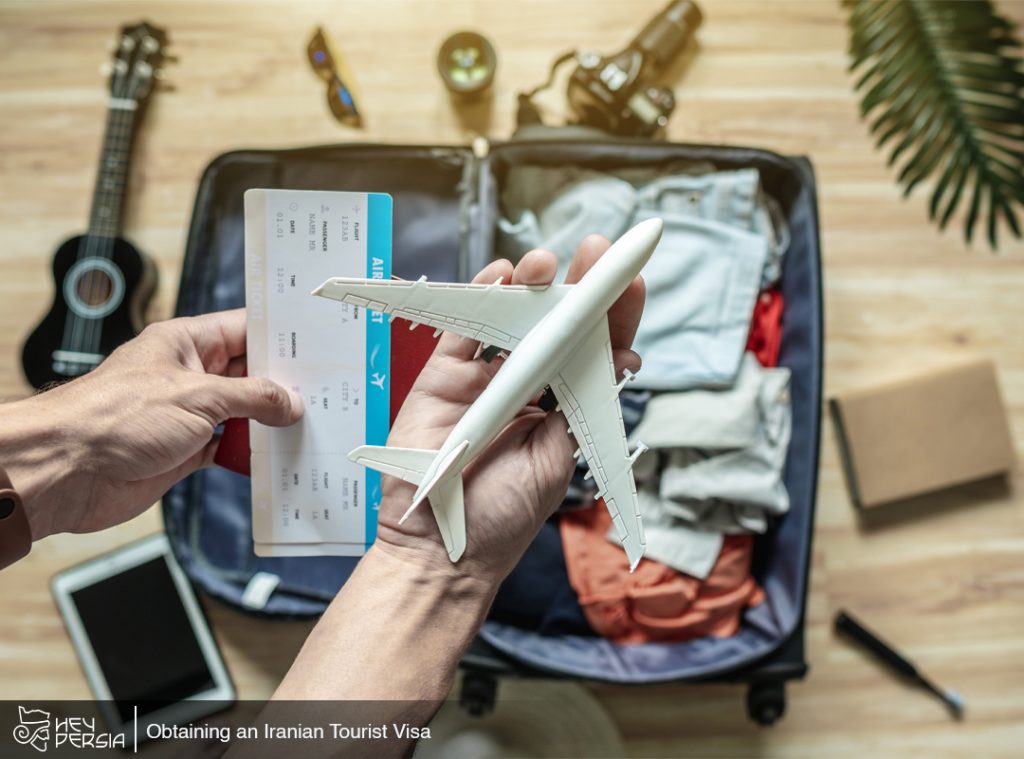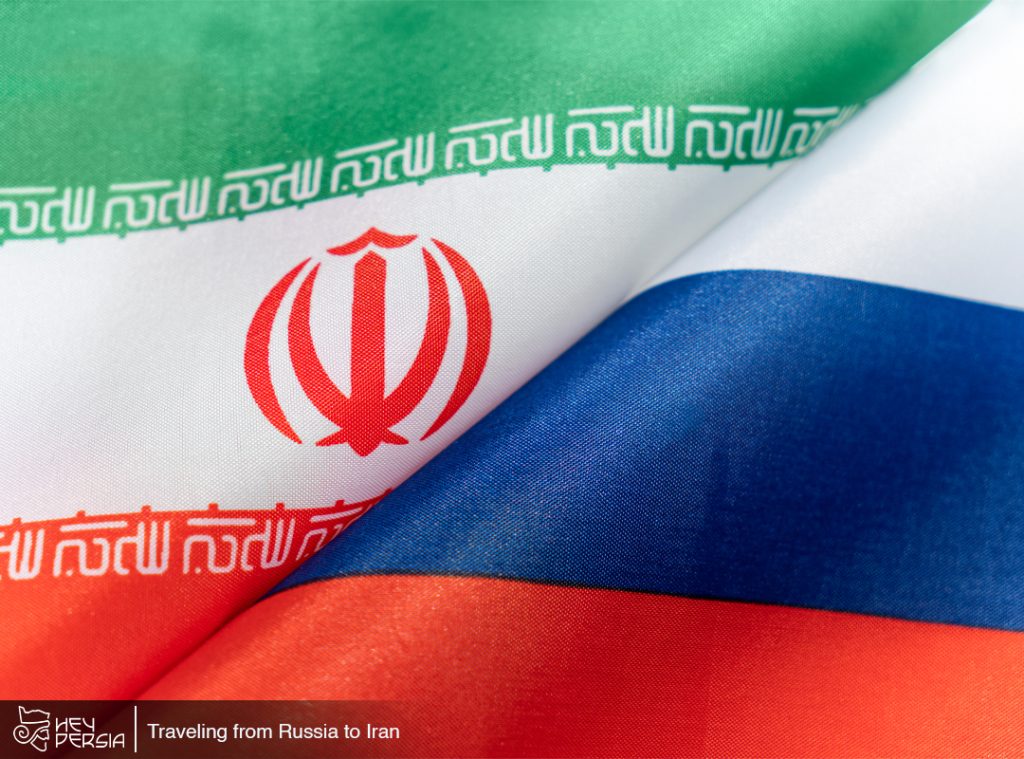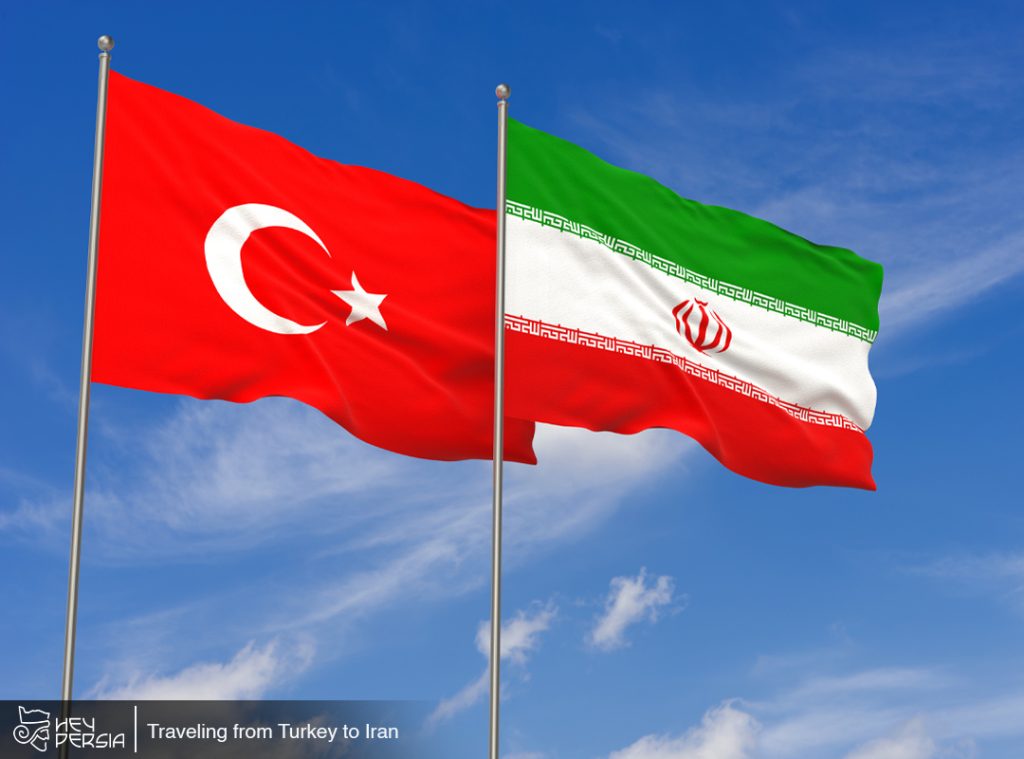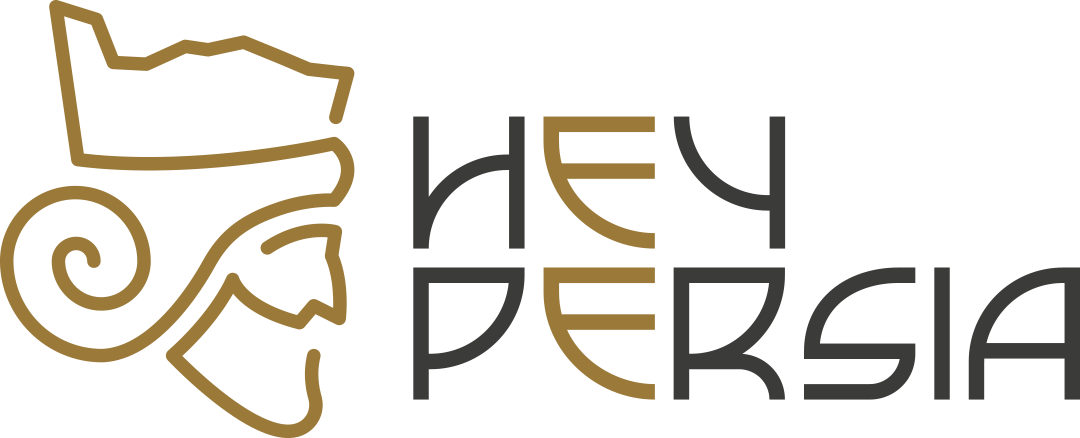Embarking on a journey from a neighboring country like Serbia to the captivating overland of Iran promises a captivating adventure filled with history, culture, and natural beauty. While both nations share geographical proximity, it’s important to undertake careful planning and preparation to ensure a smooth and enriching travel experience. Stay with Hey Persia to learn more about Traveling from Serbia to Iran.
Flights for Traveling from Serbia to Iran
When booking your flights, consider using online travel platforms to compare prices and flight options. Keep in mind that direct flights from Belgrade to Iran might not be available, so you’ll likely have layovers. Popular connecting airports include Istanbul, Dubai, Doha, and Moscow. Choose flight routes and layover durations that best suit your preferences and schedule.
Visa and applications before Traveling from Serbia to Iran
Research the specific visa requirements for your nationality. Serbian citizens typically need to apply for a tourist visa to enter Iran. Start the visa application process well in advance, as it can involve paperwork, interviews, and processing time. Contact the Iranian embassy or consulate in Belgrade for detailed information about required documents and the application procedure.

Accommodation
Iran offers a variety of accommodation options catering to different budgets and preferences. In major cities like Tehran, Isfahan, and Shiraz, you’ll find luxury hotels, mid-range options, and budget-friendly guesthouses or hostels. Consider booking accommodations in advance, especially during peak tourist seasons, to ensure availability and a comfortable stay.
Currency and Banking
The official currency of Iran is the Iranian Rial (IRR). While credit and debit cards from foreign banks might not be widely accepted, you can exchange currency at banks, exchange offices, or even some hotels. It’s recommended to carry enough local currency for your expenses, as well as a backup in US dollars or euros.
Cultural Etiquette of Traveling from Serbia to Iran
Iran has a rich cultural heritage, and respecting local customs is essential. Dress modestly, particularly for women who should cover their hair and wear loose-fitting clothing that covers arms and legs. Greetings are an important part of Iranian culture; a simple “Salaam” (hello) goes a long way. Always ask for permission before taking photos of people, especially in more conservative areas.
Language
While English might be spoken in some tourist areas, learning a few basic phrases in Persian (Farsi) can enhance your experience and interactions with locals. Iranians are generally appreciative of tourists who make an effort to communicate in their language.
Health and Safety
Before traveling to Iran, check if any vaccinations are required or recommended for your trip. It’s advisable to carry a basic medical kit and any necessary prescription medications. Purchase travel insurance that covers medical expenses and emergency evacuations. While Iran is considered safe for tourists, staying informed about the local situation and following any travel advisories is important.

Sightseeing
Iran boasts a wealth of historical and cultural sites. From the ancient ruins of Persepolis to the stunning architecture of Isfahan’s Imam Square and the vibrant bazaars of Tehran, there’s much to explore. Don’t miss the chance to experience Persian cuisine, known for its rich flavors and diverse dishes.
Communication
While internet access is available in Iran, it might be limited or slow in some areas. Consider getting a local SIM card at the airport for data usage during your stay. Many accommodations also provide Wi-Fi.





